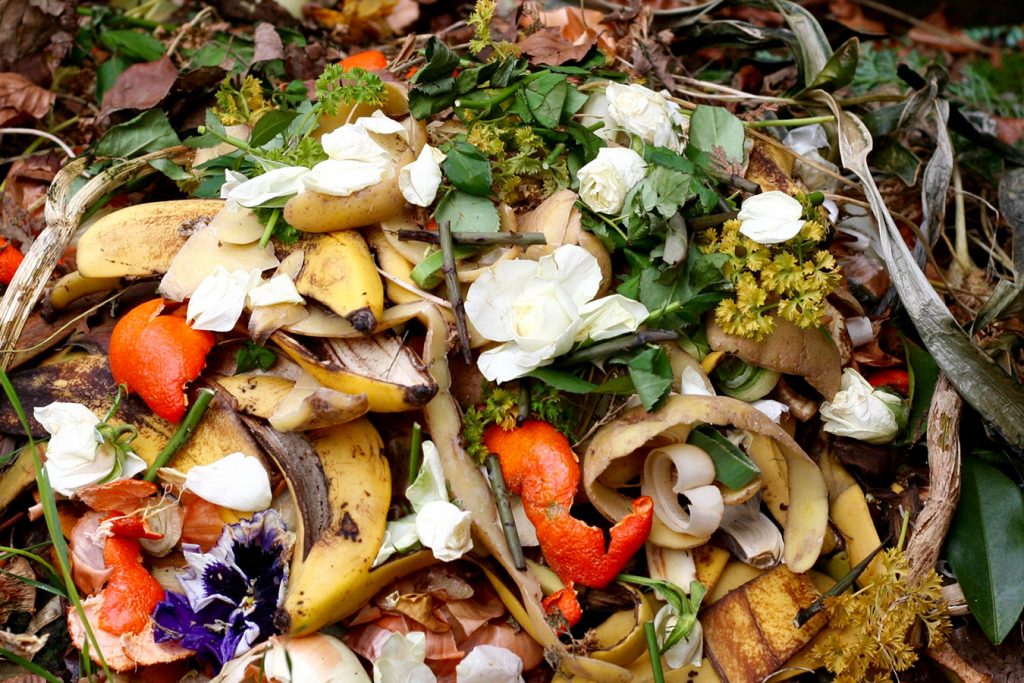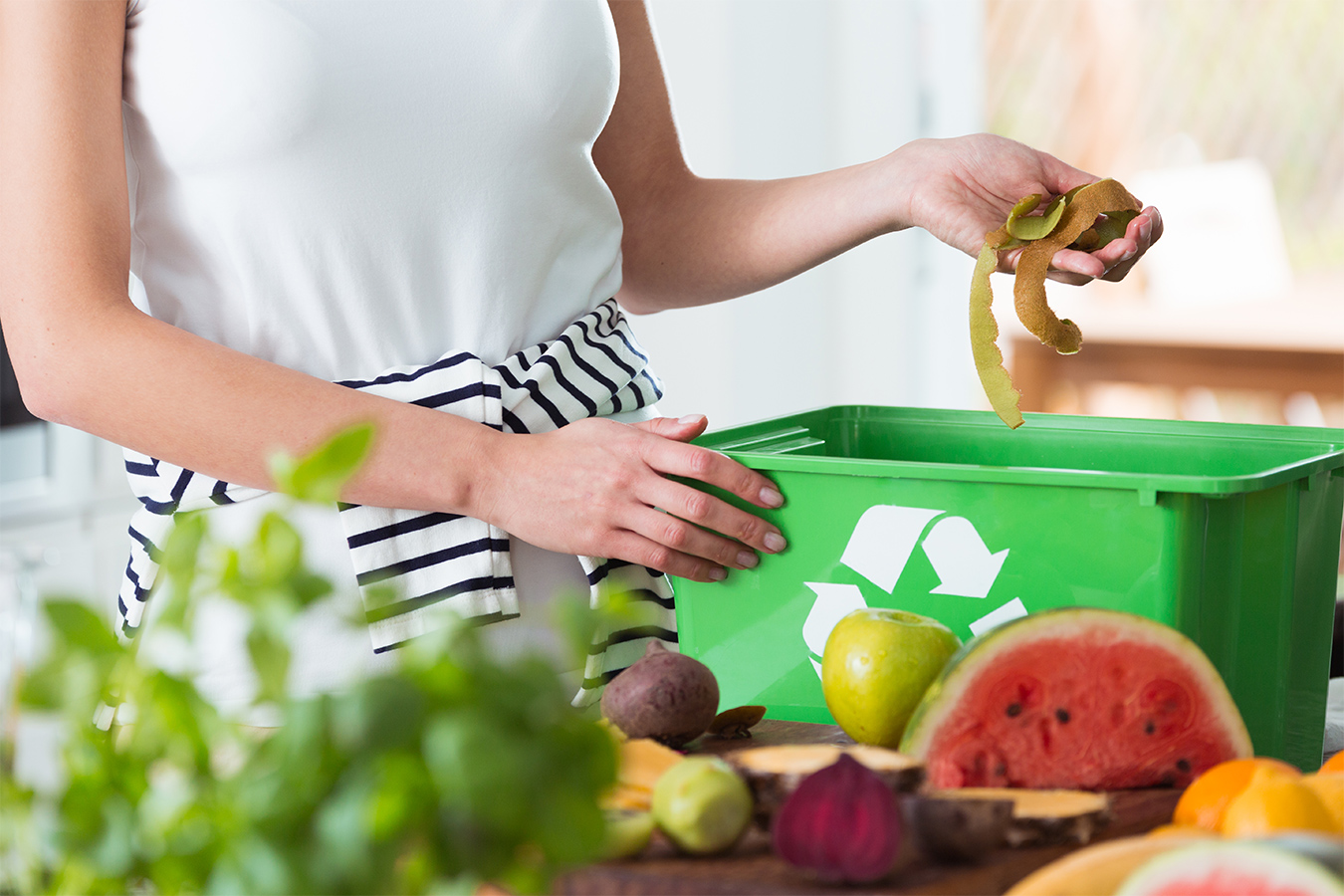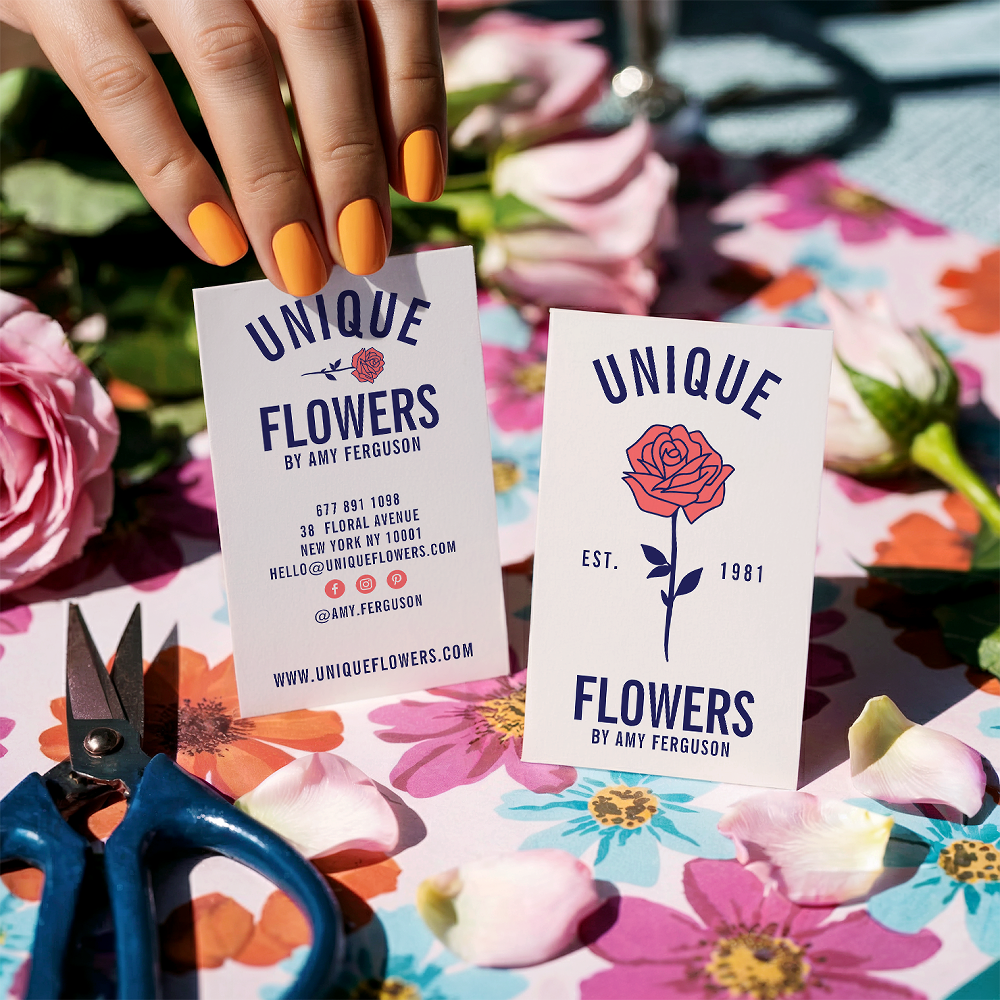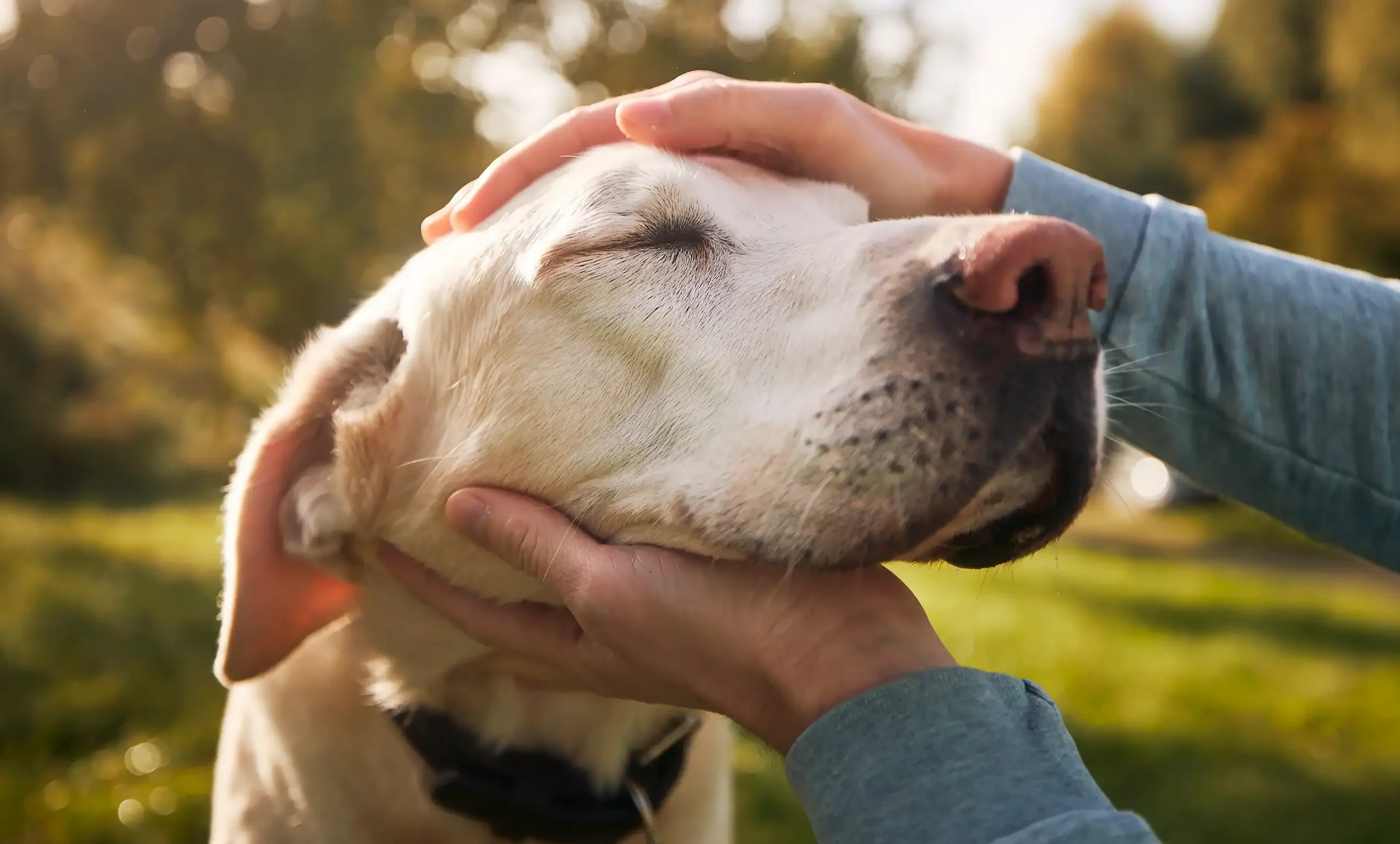Many have heard about composting, but believe that it’s too complicated or difficult to do. Let us be the first to tell you, that is not the case! Food scraps, yard waste and many other items that can be composted make up around a third of what we throw away. Do your part by starting your own compost pile at home, and by sharing the idea with friends and family! Here are some tips to help you get started, and a list of twenty items you might not have known could be composted!
Tips for Starting Your Own Compost Pile
Start by purchasing an enclosed bin for your pile. While a trash can could work, there are also bins specifically made for this purpose. Some are even mounted on a tumbler that allows the compost to mature faster. Make sure your bin is away from pets, and is protected from rodents or wild animals by using a fence, or chicken wire.
The best ratio of carbon to nitrogen in your compost pile is 30:1. Generally, you get this ratio by adding 30 parts of ‘green’ material to 1 part of ‘brown’ material. Think of carbon as being brown items and nitrogen as being green. Brown comprises items like dry leaves, egg cartons, newspaper, straw, sawdust, teabags, etc. Green items would be vegetable scraps, fruit peels, coffee grounds, houseplants, cut flowers, etc. Look at each item’s makeup before you throw it in, and think about the ratio above when you add new things.
Keep your compost pile between 90 and 140 degrees Fahrenheit whenever possible. Warmer or cooler piles will still compost, but at a much slower rate.
Break up large items into smaller pieces to help them break down quicker whenever possible.
Be cautious of what items might draw animals to your bin. Food scraps are a likely culprit, so try and keep the bin locked or away from pests if at all possible.
Turn your compost pile at least once a month. This will help eliminate odors while also providing the pile with a fresh dose of oxygen.
Keep your pile at a good moisture level. A pile that is too wet or too dry will produce odors and slow decomposition, so try to keep the pile at a wetness level equal to that of a wrung out sponge.

What Items Can Be Composted?
- Food Scraps – The most popular and easiest item you can compost is food! Toss in leftovers, peels, ends, you name it!
- 100% Cotton Clothing – Although they do take more time than other items, 100% cotton clothing can actually be broken down in your compost! Make sure the threads are cotton as well, or you’ll be left with some stray thread when the rest has broken down.
- Cardboard – Cardboard waste is said to take up over a third of all landfills, so get rid of your part by putting them into your compost bin! Remove any tape or stickers on it beforehand to help the material break down quicker.
- Post-it® Notes – Many people don’t know that the glue on Post-it® Notes is non-toxic, so go ahead and toss them in!
- Pet Hair – Have a shedding pet in your home? Collect that hair and toss it into your compost pile instead of the trash!
- Burnt Matches – New matches can pose a fire hazard for your compost bin but used ones are great! Just make sure the fire is completely out and the match is cooled before you throw these into your bin.
- Paper Towels – Assuming your paper towels aren’t loaded with grease or other chemicals, they are safe to put into your compost bin. Try and stay away from the towels that are printed or scented if possible, as those could bring chemicals into your pile.
- Coffee Grounds – A great addition to both your compost bin and your garden, coffee grounds add nitrogen, which can truly “perk” up your pile!
- Tissues – Keep in mind that whatever is on your used tissue might attract pests, so try to eliminate putting bodily fluids in your compost pile as much as possible. Aside from that, tissues are good to go!
- Toilet Paper Rolls – The roll inside your toilet paper is a great addition to your compost pile as it will soak up extra water and can help aerate a too-dense pile.
- Latex Balloons – Don’t forget that 100% latex is natural and biodegradable material! Keep in mind that balloons will likely have some additives in them, so they make take quite a bit of time to break up. Make sure they are out of reach from any animals that could try and eat them, and never let balloons fly off into the sky if you can help it.
- Toothpicks – Wood is a natural product and certainly qualifies for your compost pile, as do chopsticks and wood skewers! Larger wood pieces should be broken down into smaller pieces before composting, however.
- Cotton swabs – Presuming you’re using the cotton and not plastic varieties, go ahead and toss your swabs into the compost pile! As is the case with tissues, try and keep chemicals (like nail polish remover) to a minimum.
- Floral Arrangements – After your flowers are past their prime, dump them into your compost pile to start taking on another life.
- Leather Wallets or Watches – Leather is a great source of nitrogen for your compost pile, but make sure to remove any non-organic pieces first. This means threads, plastics or any metal pieces.
- Wool – Wool retains quite a bit of water which is a great help to your compost. Be sure that you’re including pure wool and not a synthetic mix, and you’re good to go!
- Egg Shells – Try to keep the egg itself out of the pile, but go all in on the shells! They provide a great calcium boost to your pile.
- Newspapers – Although many homes don’t receive a paper anymore, some do! Instead of throwing it away every day, throw it into your compost bin. Newspaper is made of wood pulp which is a good addition to your pile, but keep in mind that you are also adding some chemicals in the form of the ink and dyes.
- Tea Bags – To help these breakdown quicker make sure to open up the bag itself, and also remove the string and a staple if there is one. Leave the string out on your patio or deck for birds to use for nest-building!
- Freezer Burned Food – While it’s not necessarily a food ‘scrap’, items that have been freezer burned are a great candidate for your compost pile. Fish is especially a great source of protein, but beware that it might develop an odor.
What’s the Deal With the Green Yard Waste Bin?
Some municipalities give their residents large green bins or yard waste bins. Most cities allow some or all of the same items that you’d put into a compost pile to be able to go into the green bin, so take a look at yours and see! You won’t be able to keep the compost pile and its riches for yourself, but you’ll still be eliminating the waste from going into the landfill!
Composting about way more than just having free fertilizer, it’s a great way to prevent unnecessary items from going into the landfill! Starting a compost pile can eliminate at least a third of a household’s waste, so remember our tips and tricks and get started on yours today!
Erika focuses on email marketing, copywriting and merchandising at Zazzle, but she has a secret obsession with all things wedding! During the week you can find her writing punny subject lines while also pinning the latest wedding trends, and outside of the 9-5, she is usually cheering on the San Jose Sharks, reading a good murder mystery, or hunting for the best Philly Cheesesteak in the Bay Area.





Would grass clippings be considered brown? My compost has never really gotten done. I just thought that at some point in time I would end up with sweet fluffy compost like all the commercials show. We have a black turn bin that we purchased many years ago. We also just have two wooden stalls that my husband made. Both fill very quickly here. We do a large garden and I cook a lot. When ever we dug to the bottom of the stalls it was ok looking but had lots of seeds and things that didn’t really break down. When I put it in my garden with the plants when we planted, I’d have surprise veggies come up and take over the garden. Some stuff was edible and some were not very good as in cherry tomatoes and a surprise white pumpkin/gourd. I’m guessing my ratio of Nitrogen and carbon isn’t correct.
I like the way you explained this 30-1.?
One more question, can I add lime to help it break down? Thank you
Hi Renee!
Thanks for reading our post! Grass clippings are considered “green”, so they would contribute to the 30 of the 30:1 ratio. You can certainly add limes and other citrus fruits/peels to your compost pile, but it won’t move things along any faster. In fact, too much acidity can disrupt the balance of your compost. Hope that helps, and thanks for sharing your experience!